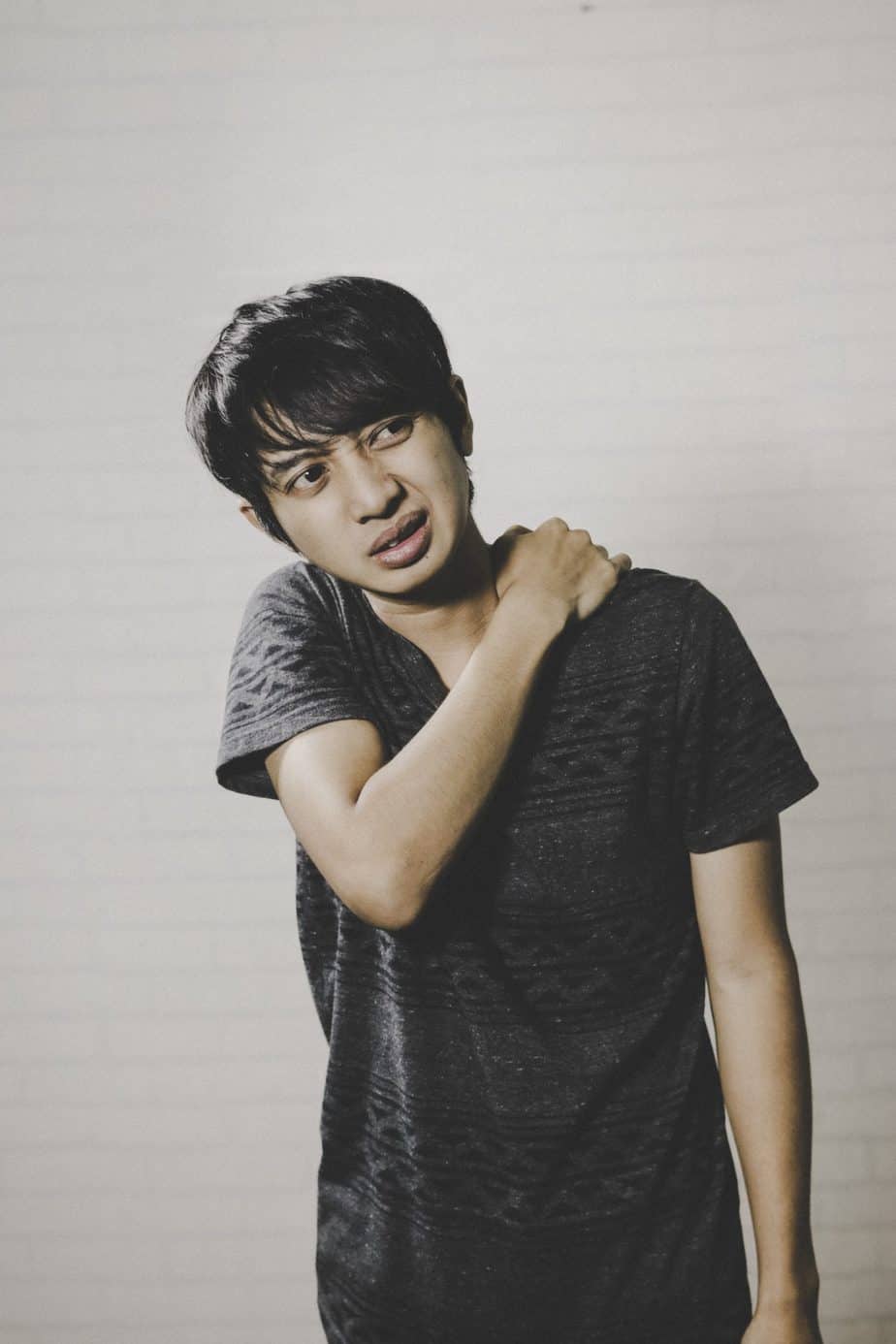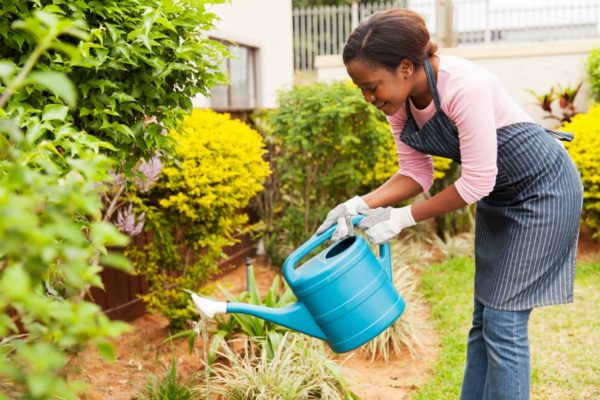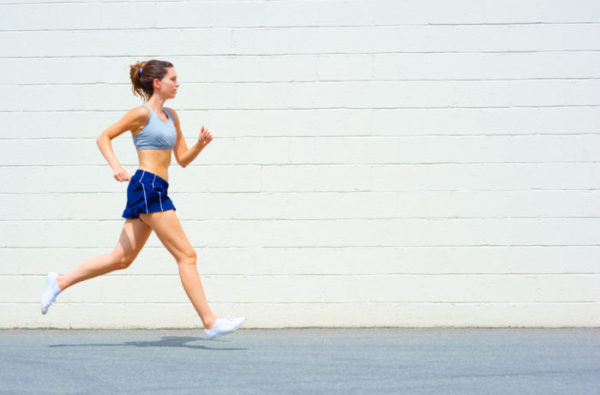Childhood Bladder Dysfunction

Childhood bladder and/or bowel dysfunctions (CBBD) are common around the world. Children gain bladder control between ages 2-4, though urinary incontinence is common from ages 4-6. Most of the time, bladder control problems disappear as children get older, but there are cases when bladder issues persist.
Bladder dysfunctions include enuresis, daytime urinary incontinence (DUI), and overactive bladder syndrome.
What is Enuresis?
Enuresis, commonly known as bedwetting, involves multiple pathogenic factors About 5-7 million US children are affected, with boys 50% more likely than girls. 10-25% of bedwetting children are also wet during the day. 10-25% of children also have bowel issues. There are 2 types of enuresis:
- Primary enuresis- wetting in a child who was never able to stay dry since being a baby
- Causes:
- Developmental disorder or maturational delay
- Decreased bladder capacity
- Stronger bladder contractions
- Genetic
- Sleep disorders
- ADHD
- Diet
- Increased excretion of urine (nocturnal diuresis
- Causes:
- Secondary enuresis- begins after 6 months of staying dry
- Causes
- Constipation
- UTI
- Lumbosacral disorders
- Diabetes mellitus
- Renal tubular acidosis
- Sickle cell disease
- Chronic renal failure
- Abnormalities of the lower urinary tract
- Causes
Types of Pediatric Incontinence
The peak prevalence of daytime urinary incontinence in girls is 8.4% at the age of 7 years, gradually decreasing to 4% in adolescence, whereas the corresponding prevalence rates for boys are 1.4 and 0.9%, respectively. Children with DUI may present with a constant urge to urinate due to overactive bladder syndrome. Overactive bladder syndrome is found in 60 to 70% of children with urinary incontinence and is related to detrusor overactivity. Stress incontinence can also be seen in children due to an increase in intra-abdominal pressure, such as giggling, or exertion during play, such as running around or jumping.
Children may also present with holding maneuvers, or voiding postponement. Children may learn to ignore the urge to go, for fear of missing out, or restrict liquid fluid intake. This is often associated with underactive bladder syndrome which involves low voiding frequency and the need to strain in order to to initiate, maintain, or complete voiding.
How can PT help?
Physical therapy treatments can include parent and child education for bladder retraining, gentle strengthening and stretching, and soft tissue massage to relax tight muscles.
Tips for Home
- Gentle stretching such as the butterfly stretch and pelvic floor squat stretch
- Diet-avoid junk food and processed foods, drink more water and avoid bladder irritants
- Gentle relaxation breathing with bubbles
- Timed voiding-urinate every 2 hours
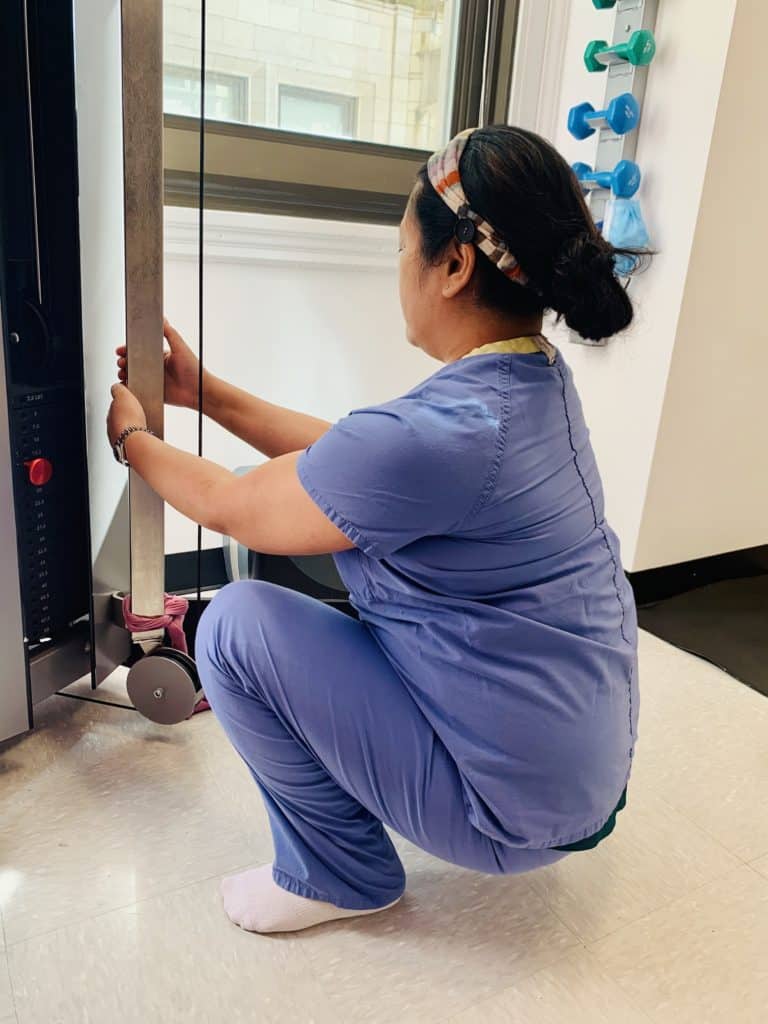
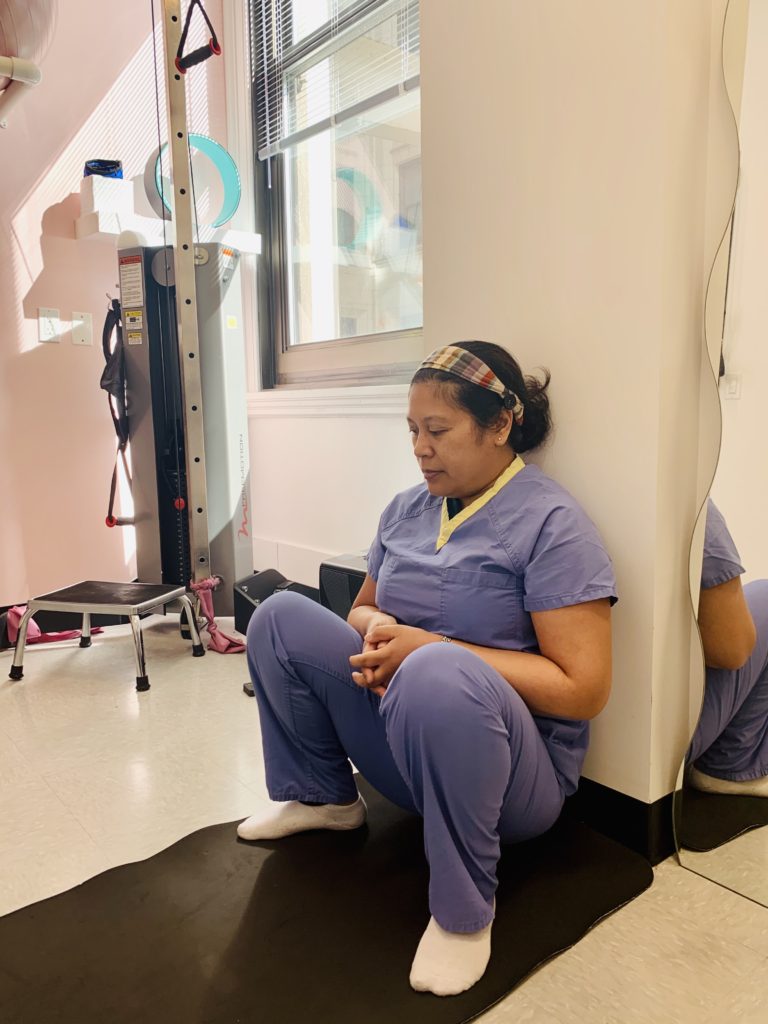
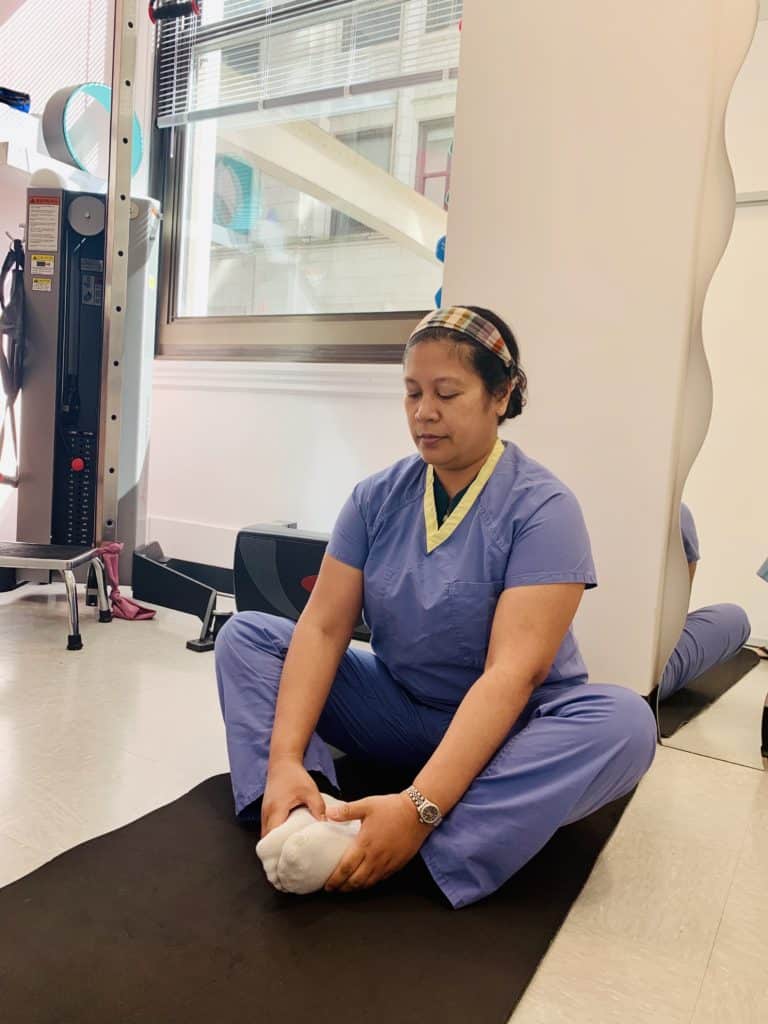
References:
“Definition & Facts for Bladder Control Problems & Bedwetting in Children.” van Engelenburg–van Lonkhuyzen ML, Bols EMJ, Benninga MA, Verwijs WA,3 de Bie RA. “Bladder and bowel dysfunctions in 1748 children referred to pelvic physiotherapy: clinical characteristics and locomotor problems in primary, secondary, and tertiary healthcare settings.” Eur J Pediatr. 2017; 176(2): 207–216. Published online 2016 Dec 19. doi: 10.1007/s00431-016-2824-5. https://www.ncbi.nlm.nih.gov/pmc/articles/PMC5243895/


